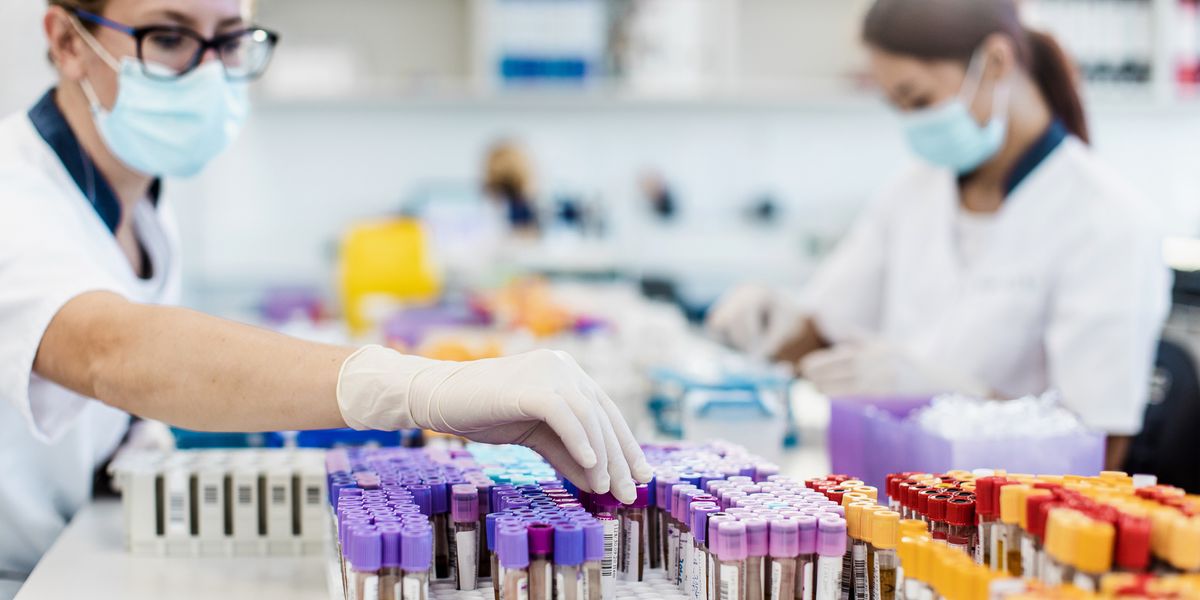
Table of Contents:
- Introduction to Clinical Laboratories
- The Role of Technology in Modern Laboratories
- Key Technological Innovations Transforming Clinical Labs
- Benefits of Technology Integration
- Challenges in Implementing New Technologies
- Future Trends in Laboratory Technology
- Case Studies of Successful Lab Innovations
- Conclusion
Introduction to Clinical Laboratories
Clinical laboratories are foundational pillars supporting crucial medical decisions in the complex healthcare ecosystem. Tasked with performing various analyses—from blood tests to genetic screenings—these facilities provide the data for diagnosing conditions, monitoring health, and crafting treatment protocols. This integration facilitates the swift handling of increased sample volumes and ensures that results meet the stringent standards required by healthcare providers and patients.
The Role of Technology in Modern Laboratories
Technology has transformed the fabric of clinical laboratory operations. The transition from manual to automated processes marks a significant leap forward, impacting every aspect of lab work. Laboratories must operate with unparalleled precision, so the efficient integration of advanced laboratory outreach solutions is essential. Automated systems handle routine tasks, freeing human technicians to concentrate on complex interpretative work that demands expertise. This shift has enhanced precision and significantly reduced processing time, enabling labs to maintain high output levels without compromising quality. The rise of modern technologies like digital imaging and data analytics has only expanded the capabilities and speed of laboratory diagnostics.
Key Technological Innovations Transforming Clinical Labs
Several groundbreaking technologies have revolutionized how clinical laboratories function. Among these, artificial intelligence (AI) stands out as a game-changer. AI is adept at processing and analyzing large volumes of complex data, spotting patterns and anomalies that may elude human eyes. Coupled with machine learning, these technologies create systems that learn and adapt, enhancing diagnostic accuracy. Robotics and automation streamline numerous tasks, from sample sorting to microscopy, thus reducing the risk of human error. These key innovations have been actively contributing to the latest clinical laboratory advancements and recent updates, setting a new standard for efficiency and reliability in healthcare diagnostics.
Benefits of Technology Integration
Integrating advanced technology into clinical laboratories presents multiple benefits beyond improved diagnostic precision:
- Automation diminishes the likelihood of human error, an ever-present concern in manual data entry or interpretation. This reliability fosters trust among healthcare practitioners who rely on lab results to make informed medical decisions.
- Technology accelerates result delivery times. With automated processes, what previously took days can be rendered in mere hours, providing clinicians with timely information crucial for patient management.
- These efficiencies translate into cost savings as automation reduces labor-intensive tasks, ultimately decreasing operational costs.
Enhanced productivity facilitated by technology ensures laboratories can handle increased workloads without sacrificing quality.
Challenges in Implementing New Technologies
Despite its many advantages, integrating new technology within clinical laboratories is challenging. Financial constraints pose a significant challenge; advanced equipment and systems require substantial upfront investment and ongoing maintenance. Training laboratory personnel to proficiently use new technology is another hurdle, as it demands time and resources. Additionally, the rapid pace of technological change necessitates continuous education to keep staff updated with evolving systems. Another significant consideration is data privacy and security. As labs manage sensitive patient data, ensuring compliance with strict regulations and safeguarding data against breaches is paramount. These challenges necessitate strategic planning and investment in both infrastructure and personnel training.
Future Trends in Laboratory Technology
The future of laboratory technology holds exciting possibilities driven by emerging innovations. Digital pathology is set to revolutionize diagnostics by providing high-resolution images of pathology samples that can be viewed and analyzed remotely. Blockchain technology offers new solutions for secure data management, ensuring integrity and privacy in patient data handling. Additionally, advancements in nanotechnology might bring unprecedented capabilities for detecting and diagnosing conditions at the molecular level. As these technologies develop, laboratories must remain agile, ready to adapt and incorporate tools to enhance their capabilities. Considering these promising innovations, it’s evident that the horizon for laboratories is filled with opportunity and potential. Following upcoming digital health technologies showcases how these trends will likely shape future practices.
Case Studies of Successful Lab Innovations
Several clinical laboratories worldwide have successfully incorporated technological advancements into their operations. For instance, a major hospital in the U.S. deployed an automated blood analysis system, dramatically decreasing the processing time from two days to a few hours. This enhancement allowed the facility to manage a higher patient volume without compromising the quality of results. Another notable example is a pioneering genetics lab that introduced AI-driven sequencing technologies. This innovation significantly reduced analysis time while increasing the accuracy of the genetic data produced, enabling faster decision-making and patient treatment. These successes demonstrate the transformative power of technology when applied thoughtfully within clinical settings.
Conclusion
In conclusion, as clinical laboratories embrace technological advancements, the potential to transform healthcare diagnostics becomes increasingly evident. Though challenges in implementation exist, the substantial benefits—such as greater accuracy, efficiency, and reduced costs—affirm the value of investing in technology. By navigating these developments wisely, laboratories can enhance their operational capabilities and contribute significantly to improved patient outcomes. As technology evolves, its thoughtful integration into laboratory environments will remain a cornerstone of delivering quality healthcare services.




